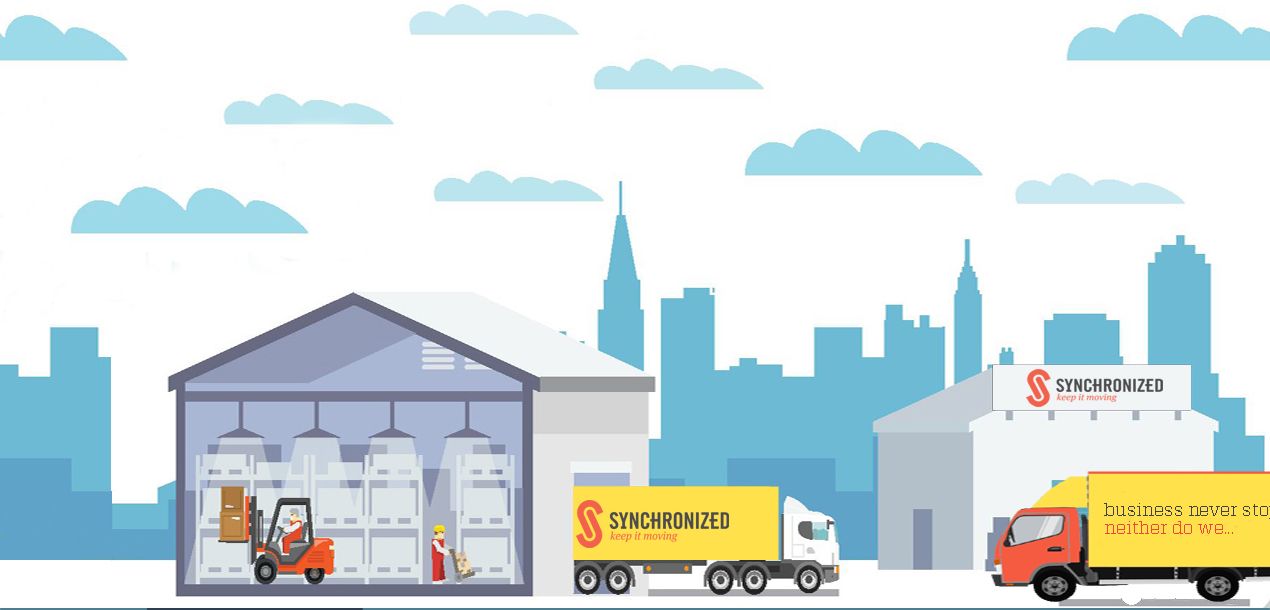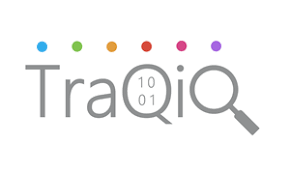El objetivo de las entregas en “última milla” eshacer llegar las mercancías a los compradores en el menor tiempo posible. Los consumidores de la actualidad no dudarán en buscar una mejor opción si una compañía falla a la hora de brindar servicios de envíos de calidad, los cuales claramente deben incluir una amigable interfaz de usuario.El éxito, y posiblemente la supervivencia, de este tipo de empresas depende de lo felices que estén sus clientes. Es por esto que la red de distribución en "ultima milla" se convierte en un elementotan decisivo.
La llegada de la COVID-19 ciertamente ha alterado muchos aspectos de nuestras vidas, pero tal vez uno de los más evidentes es la crecientenecesidad de servicios de envíos de bienes. Si bien es cierto que en algún momento este servicio era considerado como un componente que añadía valor a la propuesta de una entidad, hoy en día es una capacidad obligatoria. Esto ha llevado que las empresas deban esforzarse más por distinguirse de sus competidores en lo correspondiente a estrategias de “última milla”.
Mientras que las compañías grandes optan por construir su propia infraestructura de “última milla”, las empresas pequeñas prefieren asociarse con proveedores de servicios de envíos, o DNC (Delivery Network Carier) por su sigla en inglés.
El enfoque tradicional para envíos “última milla”, el cual se centra en el manejo de recursos propios, presenta diversos riesgos y altos costos. No obstante, asociarse con una empresa DNC permite que los comercios se liberen de la mayoría de las responsabilidades. Los proveedores DNC brindan un modelo de negocios que les permite a sus clientes operar capacidades de envíos a una fracción del costo que normalmente tendría manejar una infraestructura propia.
En esta díficil época que presenta tantos cambios en los entornos empresariales, tecnologías y expectativas de los usuarios, se necesita de un minucioso análisis del modelo de envíos que mejor se adapte a su organización. Recordemos que una solución que aparenta ser el mejor camino hoy, puede que ya no lo sea mañana.
¿Cómo puede ayudar TraQiQ?
TraQSuite, de TraQiQla flexible y ágil plataforma de TraQiQ, garantiza un mejor nivel de servicio al cliente, mayor productividad y más rentabilidad. TraQSuite analiza el comportamiento de los usuarios en los diferentes canales y mediante avanzadas técnicas de IA suministra recomendaciones específicas en tiempo real sobre todos los puntos de contacto con los usuarios.
Para más información sobre el portafolio TraQSuite,




























